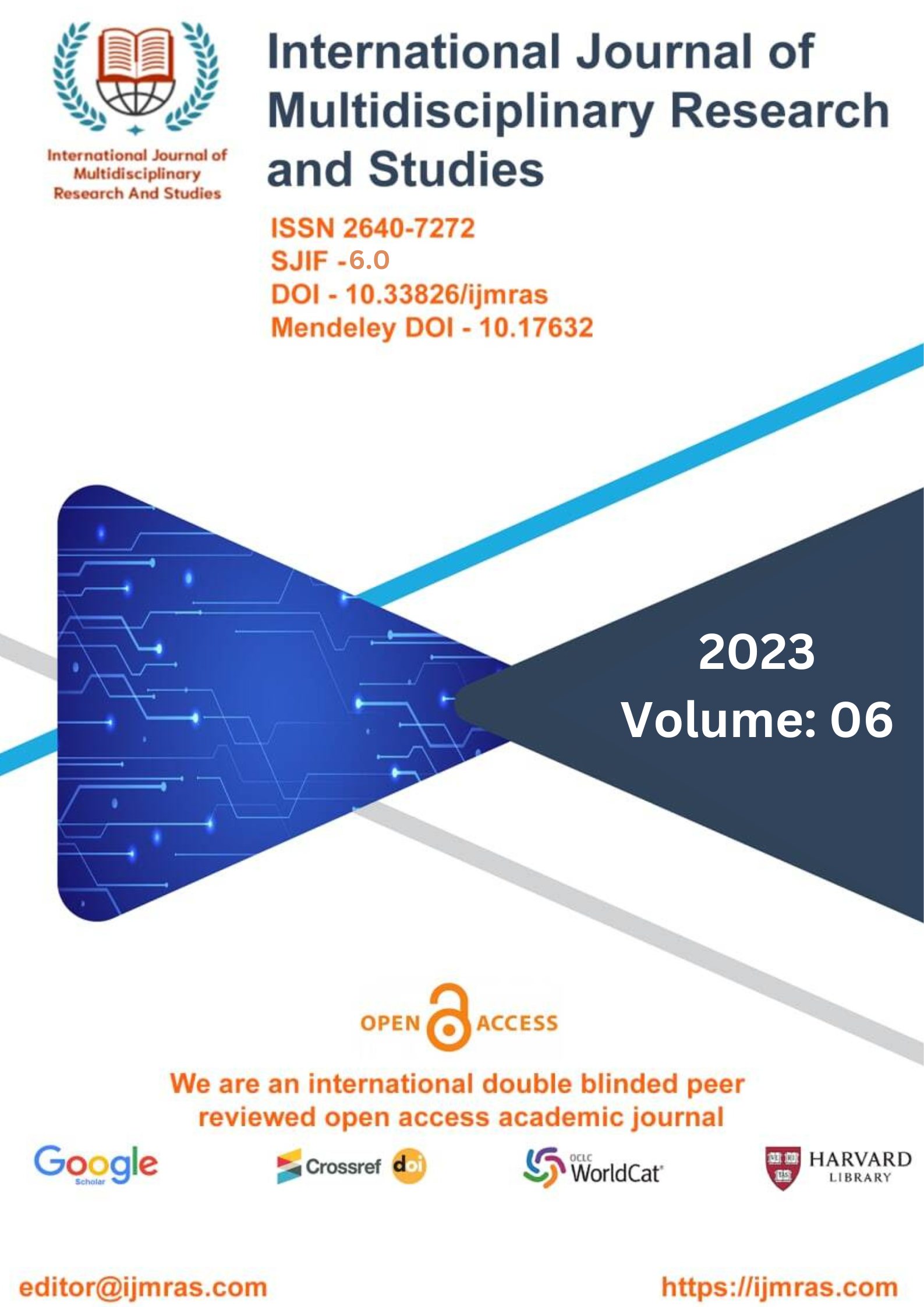Insights from Key Stakeholders on the Development of Graphic Design Education in China

Abstract
This research looks at how the Chinese art curriculum helps students become ready for their first jobs. The study uses questionnaires to collect information from participants (students, instructors, and art experts).
According to the results, students place higher importance on design abilities than they do on professional skills (such as written communication, oral presentations, and critical analysis) (theory, principles, techniques, craft, etc). ...everything having to do with computers, programming, or writing code.
Therefore, art education should teach students more than only how to get their job done on time and in a professional manner, such as how to use programs like Photoshop and web design to create effective and efficient designs. And, maybe even more importantly, the ability to effectively communicate with customers, colleagues, and superiors.
Keywords
Graphics, Design, Computer Design, Education, ChinaHow to Cite
References
“Graphic Design Teaching and Learning, Learning is not an automatic consequence of teaching”. PDF file.
“He is a leading graphic designer in China. He has been teaching in Tsinghua University for 50 years. Every design has witnessed the progress of China!” Web Sohu, 2017, https://www.sohu.com/a/131395922_183589
“Suzhou Academy of Arts and crafts: let more Chinese elements go to the world” https://www.tech.net.cn/news/show-80841.html
“Two MOOC courses of Tsinghua Academy of fine arts were selected into national online excellent courses” https://www.sohu.com/a/306641644_172495
Abramson, Ashley. “I Want to Be a Graphic Designer But I Can't Draw...” I Want to Be a Graphic Designer But I Can't Draw... | Rasmussen College, 4 Jan. 2017
'Dancing Beijing': Story behind 2008 Games Logo, www.chinadaily.com.cn/en/doc/2003-08/04/content_251437.htm.
Duan Shenfeng. (The core is to build your own design discourse system. Sichuan Fine Arts Academy. [in Chinese], 2019
Duan Zelin. Where is China's art and design education going? China Art daily [in Chinese], 2010
Graphic Design Program, 2020, The New School Website, Available at < https://www.newschool.edu/parsons/aas-graphic-design-programs/?show=program- curriculum> [Accessed 47 April,2020]
Lin Jiayang, On design education. [in Chinese], 2000
Lin, Jiayang. “On Design Education.” Art and Design Magazine, June 2000, p. 29-34. [In Chinese]
Lin, King. “Highlight: River of Wisdom.” Taipei Times, 台北時報, 28 July 2011, www.taipeitimes.com/News/feat/archives/2011/07/29/2003509398.
Liu, Wenliang. Zhonggong The predicament and Transcendence of the teaching of "three components". Modern education science [in Chinese], 2012.
Marks, Andrea. “The Role of Writing in a Design Curriculum.” AIGA, 9 Nov. 2004, www.aiga.org/the-role-of-writing-in-a-design-curriculum.
Melissa Plourde Khoury and Tarek E. Khoury, Writing & Research for Graphic Design within Undergraduate Studies, The Lebanese American University
Pan Gongkai, Pan Qing, “History of Chinese Design Education” 14 August 2018
Tong, Nora. “Familiar Pattern: How Tradition Has Influenced Artist Kan Tai- Keung.” South China Morning Post, 21 Nov. 2012, www.scmp.com/lifestyle/fashion- watches/article/1075322/familiar-pattern-how-tradition-has-influenced-artist-kan.
Wang Pin, The discussion about understanding and education of graphic design major in China and the West. Zhejiang Wanli University [in Chinese], 2010.
Wang, Min. “Design in China After 1978.” Ico, www.ico-d.org/2018/11/14/design-in- china-after-1978.php.
Wendy S. Wong, Design History Society in East Asia: Part 2 Greater China: People’s Republic of China/Hong Kong/Taiwan. Journal of Design History, Vol.24,
No.4(2011),pp. 375-395
Wendy S. Wong. Torn between Tradition and Modernity: the Future of Design Education Directions of China. International Conference on Design 566 Education:
Tradition and Modernity 2005
Yang, Haiyun. Reflection on the basic teaching course of graphic design. Hunan Normal University[in Chinese], 2009.
Yuan, Xishi. Zhonggong Yishu Sheji Jiaoyu Fazhau Lichang Yanjiu (The Studies of the Development of Arts Design Education in China). Beijing: Beijing Polytechnic University Press [in Chinese], 2003.
Zhang, Siyao. 30 years of Chinese graphic design- Review the development of graphic design in China after the reform and opening up. Jiangnan University [in Chinese], 2009.
License
Copyright (c) 2023 JEFF POON CHAK KIN

This work is licensed under a Creative Commons Attribution 4.0 International License.
Individual articles are published Open Access under the Creative Commons Licence: CC-BY 4.0.



